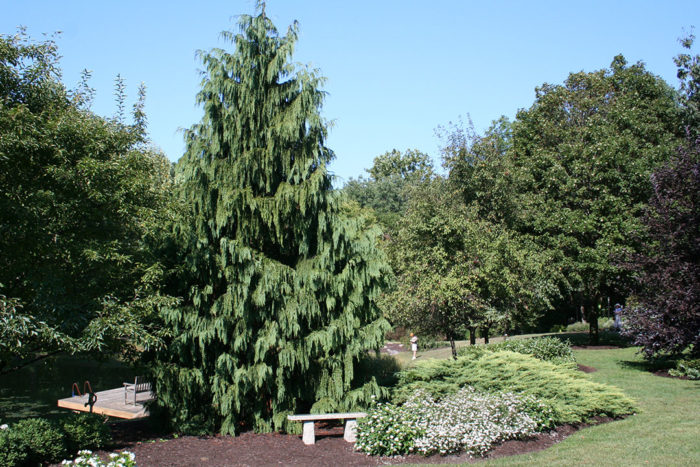
I love visiting the Pacific Northwest and being inspired by its flora. The climate is ideal for growing many wonderful plants. Many of these plants have made their way back to the South with me in suitcases and boxes. Some are alive and thriving in my Tennessee home. However, many I had high hopes for seemed to have fainted when they were faced with our warmer nights and higher humidity. I always say it was worth a try, and I move on to some new garden treasure.
Conifers in the Northwest versus the South
One thing the Pacific Northwest does like no other place in North America is grow conifers. From towering cathedrals of cone-bearing giants to the unique and unusual, it seems as if this area can grow anything with needles. But the South also does quite well growing conifers. Many wonderful public gardens and homeowners throughout the South are pushing the limits on what we have traditionally thought was possible. Interestingly, the Southeast region of the American Conifer Society has become one of the most lively and active regional plant groups. Fine Gardening has produced a lot of great content about growing conifers over the years. For some Southern regional picks, check out Philip Schretter’s selections from FG issue 178. All are great selections you could add to your garden.
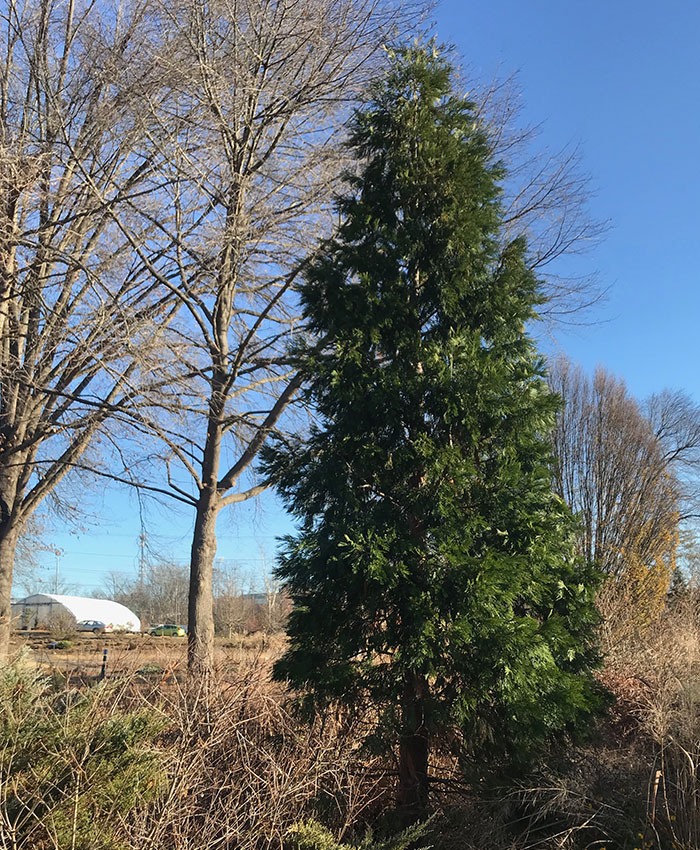
California incense cedar
Native to mountainous forests of Oregon down to northern Baja California and east to parts of Nevada, California incense cedar (Calocedrus decurrens, Zones 5–8) should be considered for the Southern landscape. I have observed myself or heard of wonderful mature specimens in Tennessee, Oklahoma, Georgia, and Alabama. This alone is not an outright full endorsement. I also know several gardeners who have not been successful growing this tree. In addition, it seems to be a slower grower then some garden alternatives. I believe sight conditions have a tremendous amount to do with success. Good drainage and some additional irrigation during establishment can make all the difference. When established, the California incense cedar has a wonderful texture and deep green foliage. Narrow cultivars such as ‘Columnaris’ or ‘Pioneer Sentry’ have great potential in the landscape for gardeners looking for tall, narrow, accent evergreens.
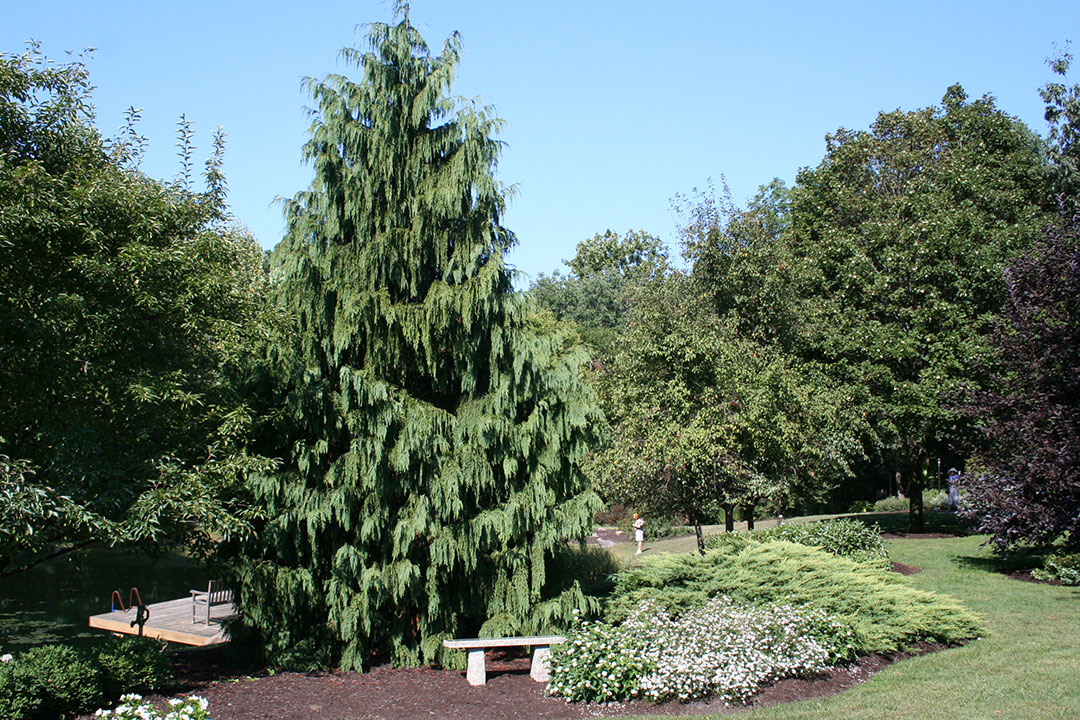
Nootka false cypress
Nootka false cypress (Cupressus nootkatensis, Zones 4–8) is one of the conifers that can be a gateway to falling in love with conifers as a whole. It’s native to the Pacific Northwest from Alaska’s Kenai Peninsula all the way to the northernmost reaches of California. Who would think this plant would be at home in the southern United States? It is true that these plants don’t seem to grow as fast or as tall in the South; however, they still make great specimens for Southern gardens. ‘Glauca Pendula’ is a popular cultivar with blue needles and pendulous branches. Several narrow cultivars are available, including ‘Green Arrow’, which can exceed 20 feet and tends to be only 4 to 5 feet wide. Again, provide the best drainage possible to lead to success.
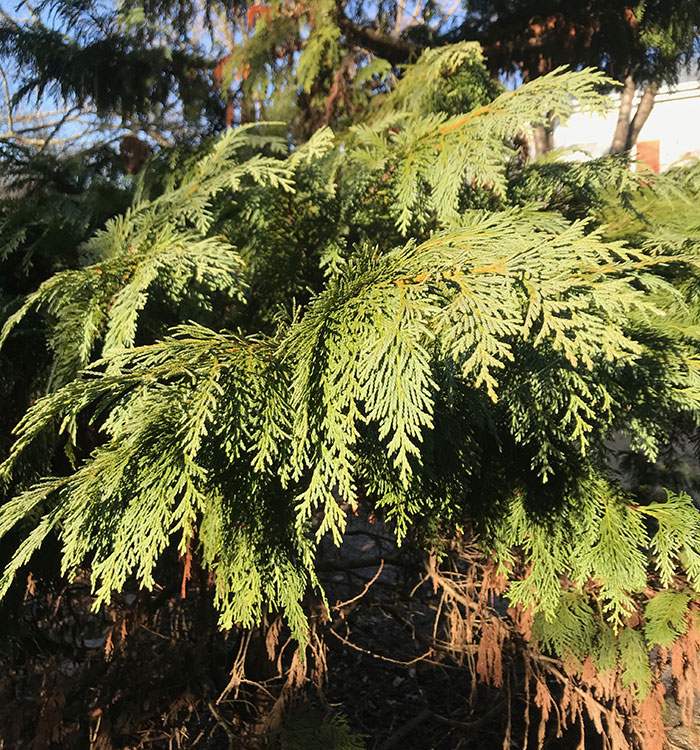
Before you plant, know this
I have two pieces of advice if you are going to add these conifers to your landscape. First, wet feet kill; if you can prevent plants from sitting in saturated soils, it will help a lot. I accomplish this by planting slightly above grade, being careful to always have exposed root collars. Second, if you acquire these conifers as very small seedlings, it often helps to grow them in an appropriately sized pot for a few years before you plant them in the ground.

Keep trying new plants
There are other Western-native conifers that can find good homes in Southern gardens. The two mentioned above are just plants I am particularly fond of growing. Another is Southwestern native Arizona cypress (Cupressus arizonica, Zones 7–9), an outstanding evergreen for many parts of the South. Part of this discussion is about diversity. Adding diversity in the plant material you use provides a wonderful long-term benefit to your garden. It is not only more interesting, but it helps you hedge your bets against future pests and disease. This just scratches the surface of what is possible. Keep trying new plants! I would love to see comments on how these or other conifers have performed in your Southern garden.
—Andy Pulte is a faculty member in the plant sciences department at the University of Tennessee.
Fine Gardening Recommended Products

ARS Telescoping Long Reach Pruner
Fine Gardening receives a commission for items purchased through links on this site, including Amazon Associates and other affiliate advertising programs.

The Nature of Oaks: The Rich Ecology of Our Most Essential Native Trees
Fine Gardening receives a commission for items purchased through links on this site, including Amazon Associates and other affiliate advertising programs.

DeWalt Variable-Speed Cordless Reciprocating Saw with 6-Piece Saw Blade Set
Fine Gardening receives a commission for items purchased through links on this site, including Amazon Associates and other affiliate advertising programs.
- 18.31 x 6.13 x 4 inches
- 1-1/8-inch stroke length
- Variable speed trigger with 0-3000 spm
- DW4856 Metal/Woodcutting Reciprocating Saw Blade Set, 6-Piece





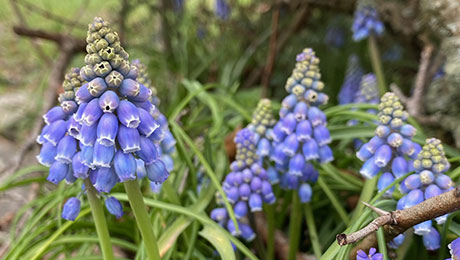

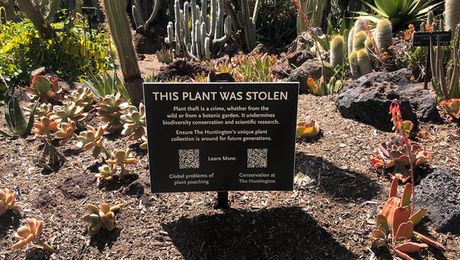











Comments
Only one of these conifers could be used in zone 9 and none for zone 10. Please include more plants for these zones which are in the south.
Log in or create an account to post a comment.
Sign up Log in